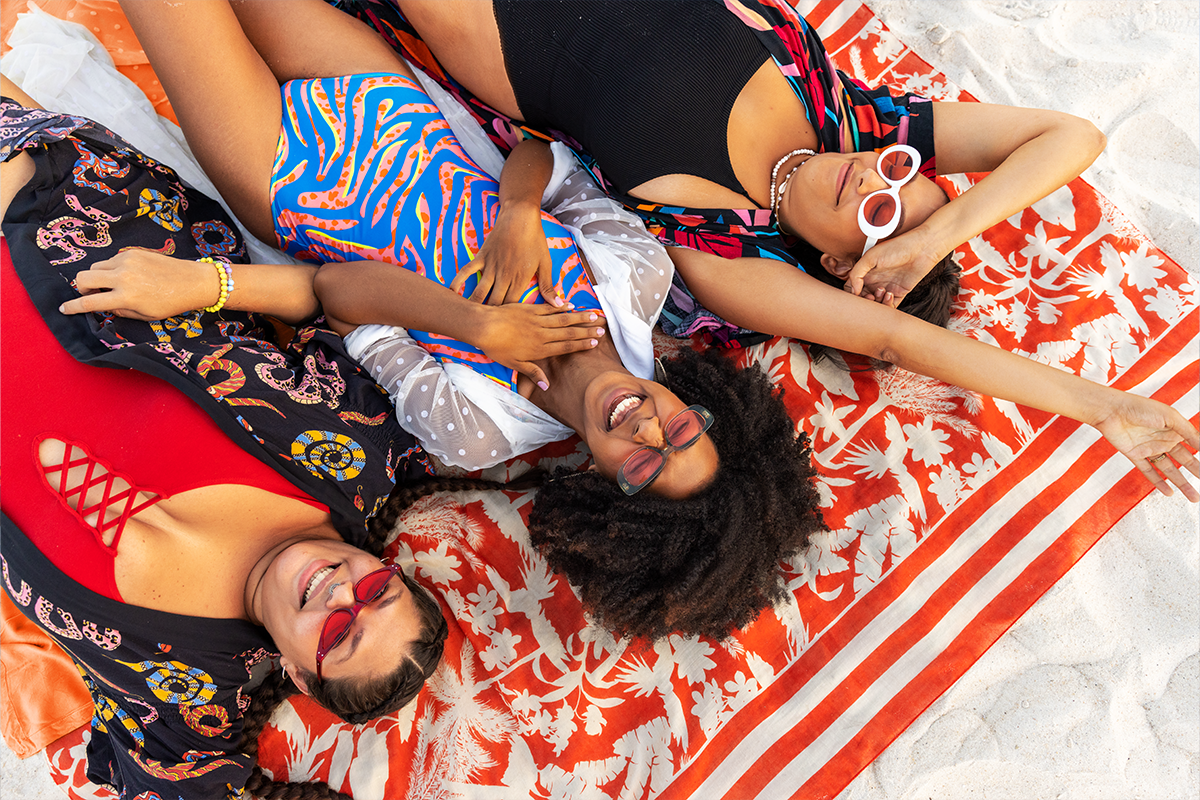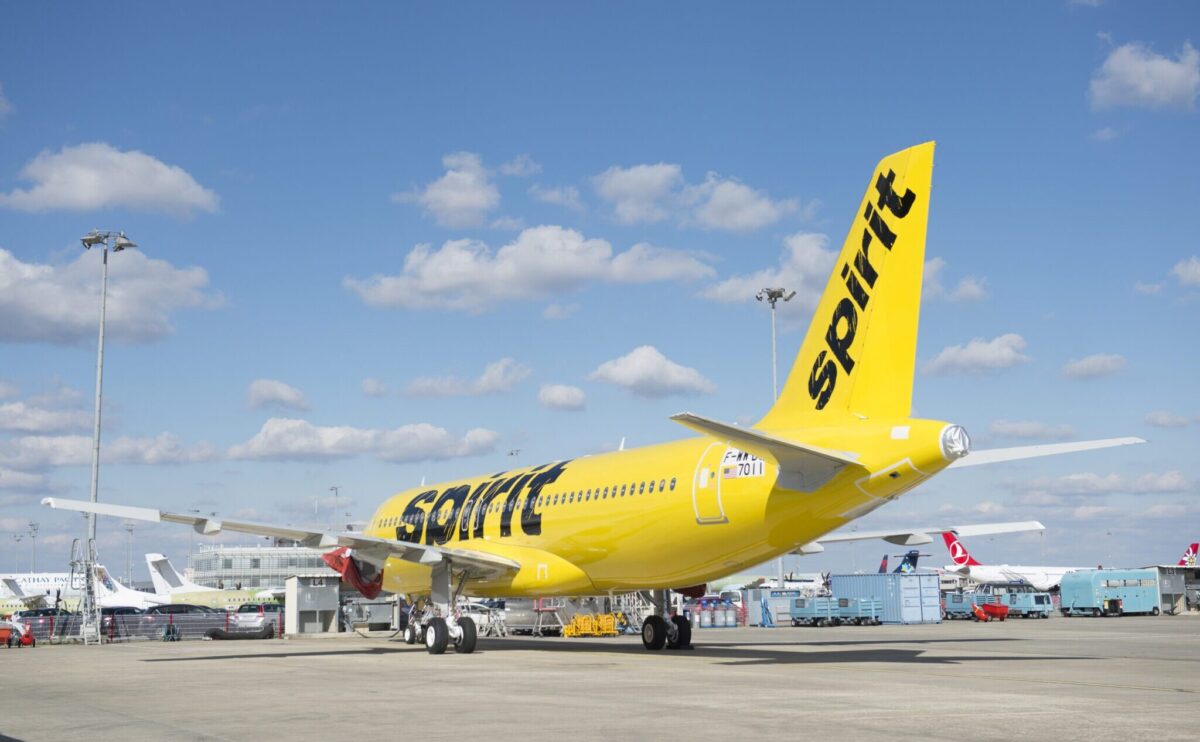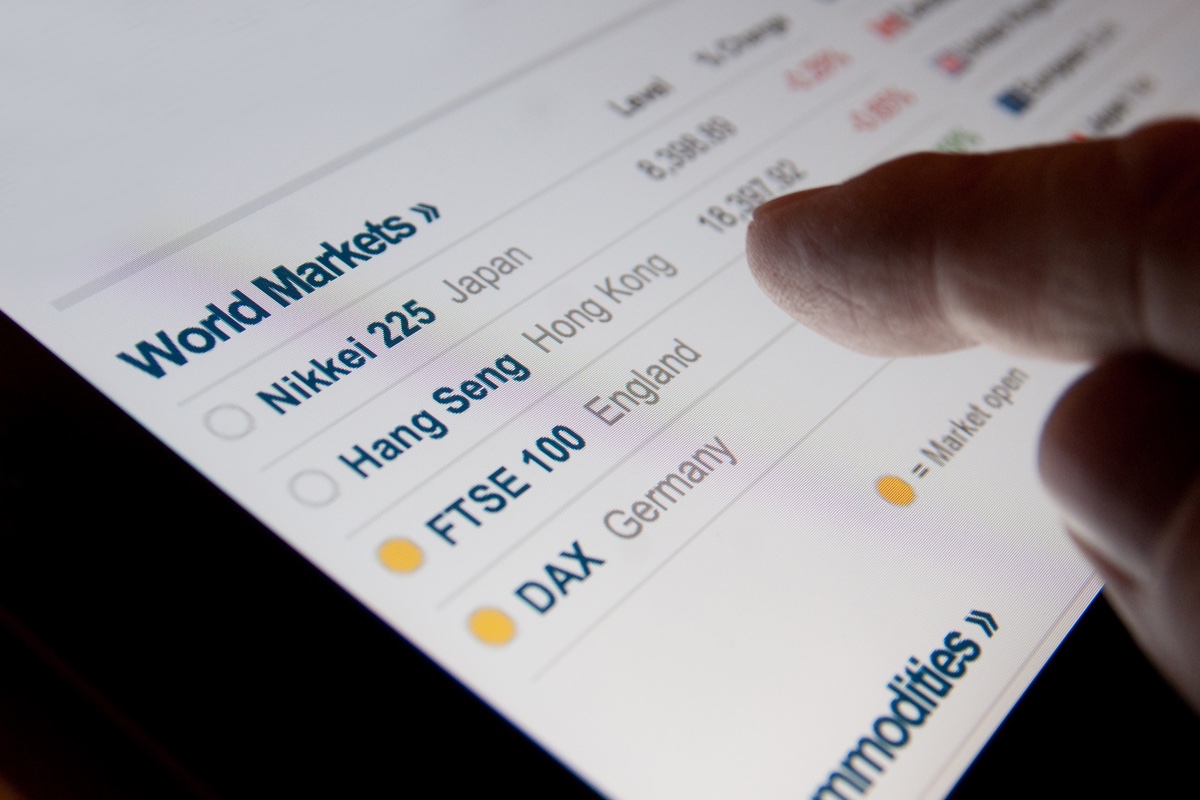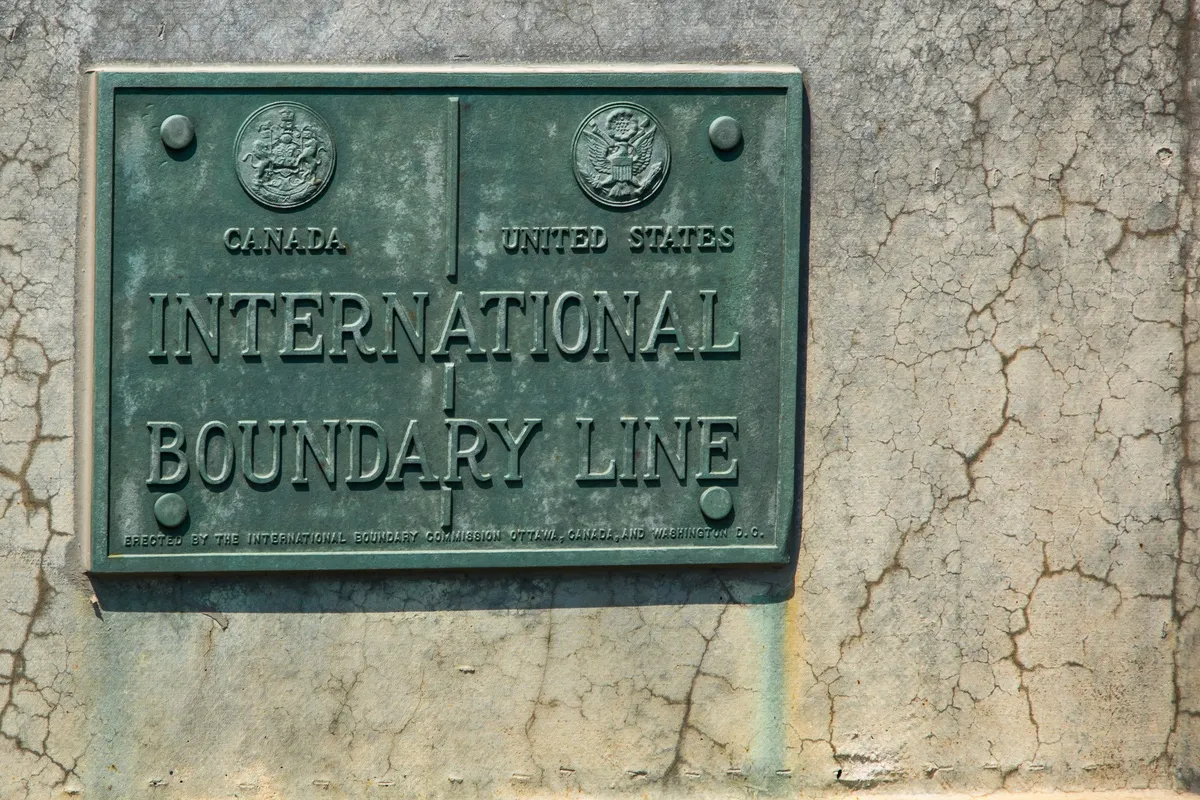What Uber's ridership data can reveal about a city's work versus play habits
Skift Take
You're hopefully already familiar with Uber, the app-based on-demand private driver service that launched in San Francisco back in June, 2010. Although we've only been around for two years, we've moved a lot of people in that time.
On the surface we look like "just a car company," but under the hood we're a technology company that strives to use our data to make our customer experience the best possible. One of the ways we do that is by figuring out where people want to go and when. The first issue we encountered is determining an easy, intuitive way to break a city into discrete places. While mathematically this isn't necessary, in terms of communicating the data it's very important.




